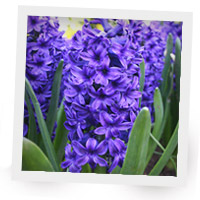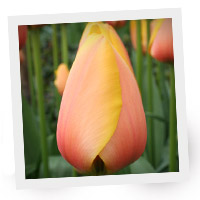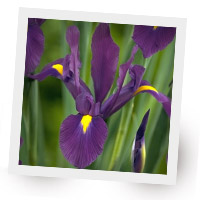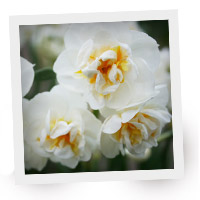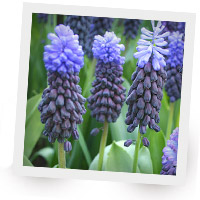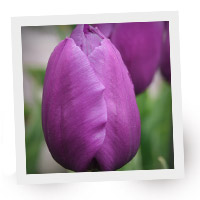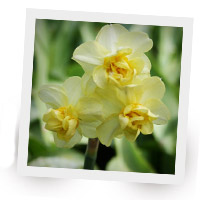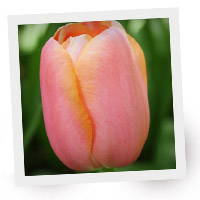 Gardening and outdoor projects are one way to help connect young people and nature. Several studies have reported that gardening is great therapy for any age and also a help if they have ADHD or just plain lazy. The pure fun of digging in the dirt is usually enough to get most kids interested in gardening. The actual planting is usually a pleasant chore for most. Seeing the ‘fruit’ of their labor later just makes them realize they would like to do it again.
Gardening and outdoor projects are one way to help connect young people and nature. Several studies have reported that gardening is great therapy for any age and also a help if they have ADHD or just plain lazy. The pure fun of digging in the dirt is usually enough to get most kids interested in gardening. The actual planting is usually a pleasant chore for most. Seeing the ‘fruit’ of their labor later just makes them realize they would like to do it again.
I suggest that you allow the children begin their garden experience by helping you with your garden first. Later, they should be given a spot of their own in which to create a small garden. Be sure to give them a prime location where they can take pride in showing off their accomplishments. Remember that this is for the kids to learn to appreciate nature and have fun, not to be hard work or winning design awards. My kids are very proud of their area.
To make gardening more exciting for the kids would be to get them their own tools. Child-sized rakes, hoes, spades, wheel barrow, and gloves are available today almost anywhere. I love the mini wheel barrows and small spades. (I stole their small spade to use to plant flowers) My kids like them too 🙂
Since we have 3 acres, and my husband and I both love to work (play) in our yard…. our kids naturally like to be outdoors, but not necessarily work. The have a special area where they can plant flower bulbs each year. Sometimes they dig up some weeds they like and plant them there also! They do help us with our vegetable garden now and try to grow some in their area as well.
Flower bulbs are so easy and can be planted in clumps, rows, holes, trenches, pots and even right in the lawn and will grow through the grass. You don’t have to worry about them destroying the plant before it has even had a chance to grow! Be crazy and spell there name with the bulbs! My husband with his helper, planted my son’s name with Daffodils!
Outdoor projects can be fun ideas to help bring family together, and long term memories of the experience and seeing the flowers year after year.





















































